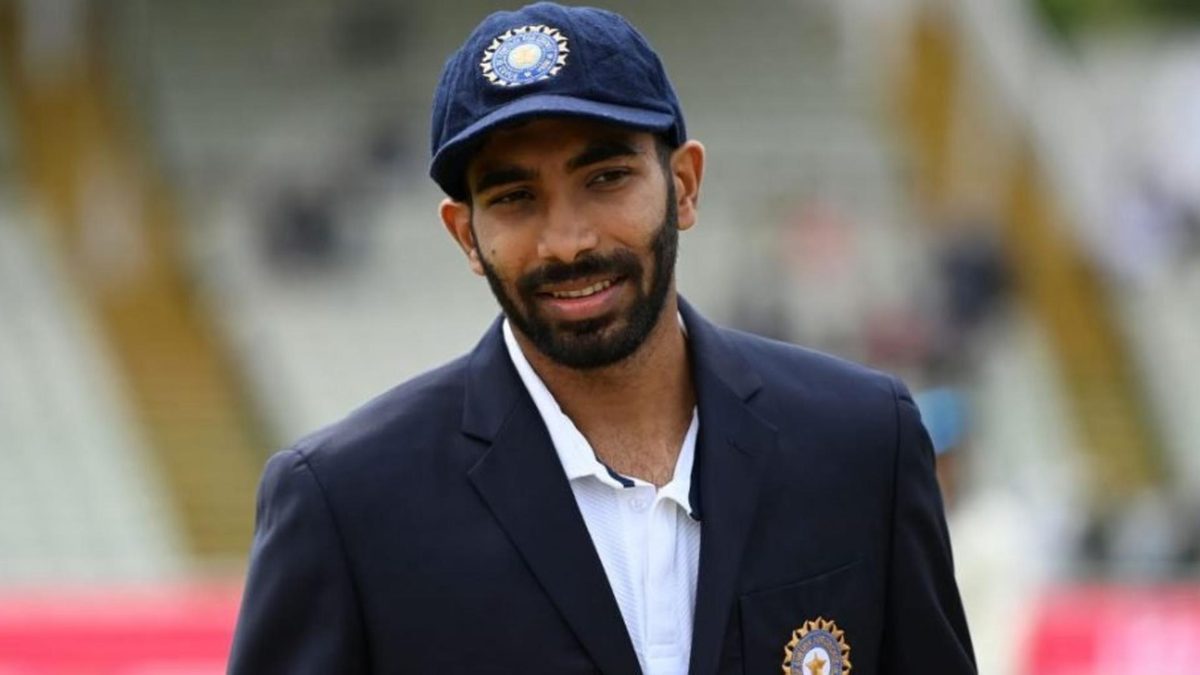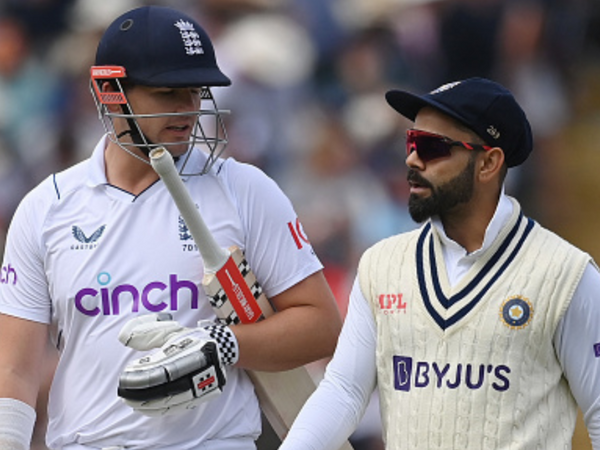
Jasprit Bumrah has shown he’s got the materials to be India Test captain, writes Aadya Sharma.
Jasprit Bumrah has always been a convention-breaker. Few with a bowling action that stiff and gangly have taken as many international wickets, and fewer India quicks have been so good away from home. No one, let alone a frontline bowler, has hit 29 runs off one over of Test cricket. Bumrah just loves doing things out of the ordinary.
To be India’s first fast-bowling captain since 1987 isn’t just a statistical tidbit; it’s symbolic of how Bumrah has broken into India’s obsession with making heroes out of batters. The honour might have come courtesy of a positive Covid-19 case, but Bumrah ascension to the captaincy need not be a one-off.
Bumrah’s first day as Test captain was routine: lose the toss, watch the top-order collapse, watch Rishabh Pant bat. But the second was as eventful as they come. His first assignment required him to chip in with some runs at the end, and he ended up overshooting expectations spectacularly. Half an hour after the world record, he was back with a ball in hand, doing what he does best. One delivery cracked open the stumps, two others were edged to the slip cordon. In his inimitable style, he’d pulled the game firmly towards India.
The promotion to captaincy is a deserved reward for the attack leader: in eight years at the top level, he’s given India an all-format champion, one who’s rewritten the definition of what it is a pace bowler in the country. For a team traditionally deprived of world-class quicks, Bumrah was a thumping response. He’s not lightning-quick, nor does he magically move the ball around, but he amplifies his strengths, mixing them with shrewd game-awareness, asking awkward, probing questions with that awkward, probing action. It’s one attribute that sticks out when considering his leadership. Earlier this year, Eric Simons called Bumrah “one of the sharpest I’ve come across”. Pat Cummins once marvelled at his “great cricketing brain”. In terms of tactical acumen, there’s no questioning his credentials.
As for the man himself, Bumrah is affable, loved by his teammates and respected by his opposition. He brings out a gentle grin after every wicket, a two-arm raise usually being his most excited mode of celebration. There’s no excessive, macho chest-beating, no over-the-top antics, just a tender acknowledgement of success. Not that a captain has to necessarily be a certain way, but a sense of calm at the top is refreshing after what’s come before. And from what has been seen so far, he’s got a little taste for dry humour when dealing with the media too: in March, when asked about Ravindra Jadeja’s workload, Bumrah diffused it with a cheeky: “I don’t see any player to sit out after such a good game!” At the toss in Edgbaston, he promptly corrected Mark Butcher after the presenter said that fast bowlers captaining India has never happened before, nonchalantly saying: “Well, it has happened before, Kapil Dev was the captain.” New job jitters, what’s that?
One day’s worth of action is too early to judge, but it’s not necessary that the additional burden of captaincy will end up taking away the magic from Bumrah, the bowler. In the past, the likes of Shaun Pollock, Jason Holder, Wasim Akram and Waqar Younis, along with all-round greats Imran Khan and Kapil all had better bowling numbers when they took on the mantle.
It’s not like India need him to take up the role right now; in Rohit Sharma, they already have a first-rate captain. However, both Rohit and KL Rahul, probably the next in charge, have been missing in action due to injury or workload management in recent times. Since the start of 2020, Rohit has played five out of eight Test series, while Rahul, initially out of contention, has played only two. Bumrah, youngest of them all, has played seven out of those, being a constant figure in a bowling attack that’s seen its fair share of ins and outs in the last few years.
Rohit, who turns 36 next April, can’t be expected to carry the load of all three formats for a long time, and Rahul’s regular run-ins with injuries don’t paint a happy picture. Bumrah himself will have to find a way to balance the increased workload of playing every Test, and it might require him to cut down on other formats. And not everyone’s a fan of the idea of Bumrah taking up the responsibility: previous head coach Ravi Shastri, in January, had admitted he’d never thought of having Bumrah as skipper during his tenure, saying: “In India, it’s going to be difficult for a fast bowler to captain.”
The Edgbaston Test acts as a good teaser in terms of understanding what could be expected of Bumrah when there’s a permanent requirement. It’s just good to see what the future can offer, and Bumrah seems to have most qualities of being at the centre of that future.








